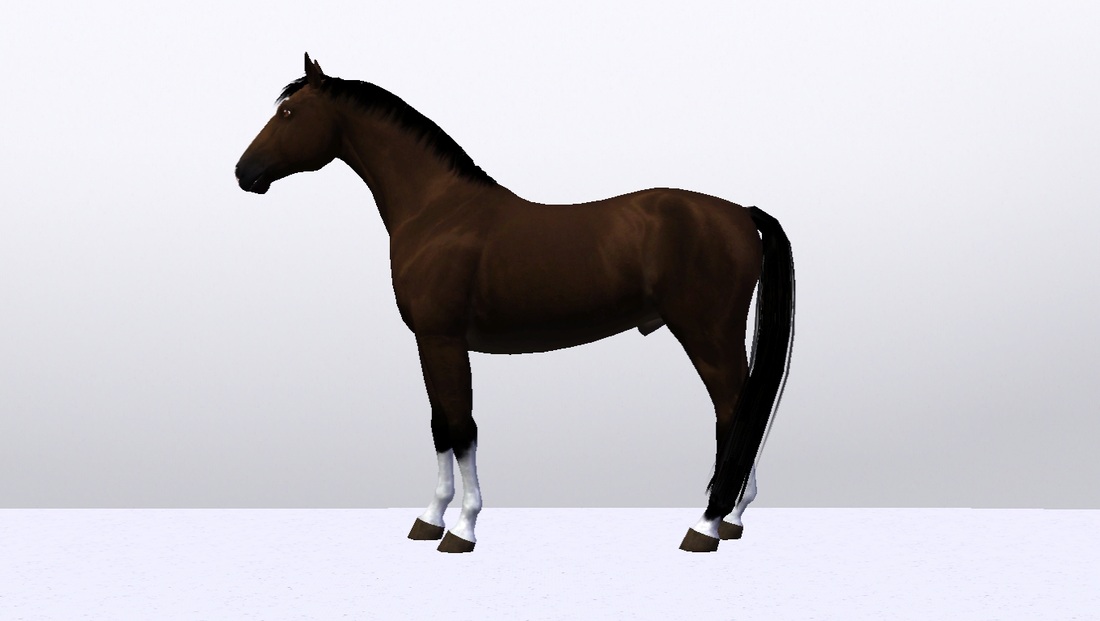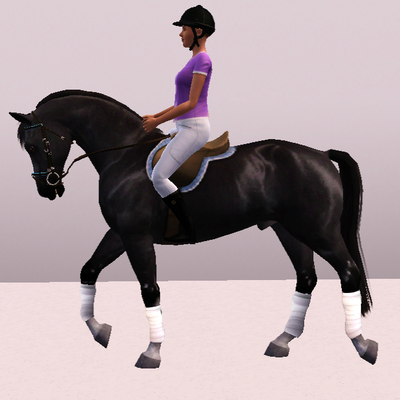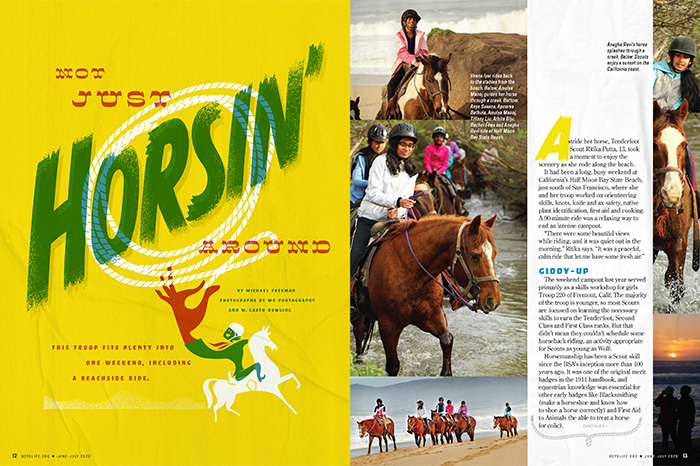- For The Love Of Horses Pose Pack River Oak Saddlery Catalog
- For The Love Of Horses Pose Pack River Oak Saddlery Company
- For The Love Of Horses Pose Pack River Oak Saddlery Tack
- For The Love Of Horses Pose Pack River Oak Saddlery &
River Oak Saddlery Sims 3 ROR's For The Love Of Horses Pose Pack A mini pose pack with 4 poses for horse and 4 poses for sim. AP Saddlery by Paul’s Saddle Shop. 312 Marshall Rd. Pine Grove, LA 70453. Custom Leather and Tack, Saddle Repairs (225) 223-7832. Children love the horse, pose for pictures with him, 'ride' him and make their mothers drive out of their way to see what outlandish costume he’s wearing for the season. And he’s old, left over from the days of saddles, bridles and harnesses. He’s trundled out every morning at 8:30 to stand watch at the entrance.
1 Private Lesson
Package of 5 Private Lessons for 1 Person
Enjoy a package of 5 private lessons and Save.
Five 1 hour Lessons is $250.
Semi-Private Lesson for 2 people
Enjoy a Semi-Private Lesson for 2 people
1 hour is $40 per person
Package of 5 Semi-Private Lessons for 2
Enjoy a Package of five Semi-Private Lessons for 2
Five 1 hour is $175 per person
3 Easy and Convenient Ways to Order
Choose whichever is more convenient for you.
1- Add your lesson to cart, check out, then call, text, email to schedule lesson.
2-Call or Text 'schedule lesson' to Holly at (562) 882-0857

3-Email us at 4theloveofhorsesca@gmail.com. Please put 'schedule lesson' in the subject line.
| <-- Previous | LMHS Home | Contents | Order Book | Next --> |
Bryn Mawr
Bryn Mawr is a community of approximately six thousand people located ninemileswest of Philadelphia on the Main Line. Although it has no formalboundaries, portions of it are contained in Radnor and HaverfordTownships with the largest portion being in Lower Merion Township. Ithas evolved from a colonial farming society into a cosmopolitansuburb.
The land Bryn Mawr occupieswas originally part of the charter given to William Penn by KingCharles II in 1681. Even though he had legitimate British title to theland, Penn believed that the Lenape Indians, 'the original people' andtrue owners of the land, should be compensated.
In July 1683, Penn bought theland from the Indians, an action which gained the Indians’ greatrespect and established peaceful relations between the European andindigenous communities. The following February, Penn subdivided theland and sold it as part of the 62 square mile Welsh Tract to primarilymiddle class Quaker farmers.
First Stage of Settlement.The original families and their immediate descendants who occupied thisland confronted a vast forest of rolling hills, fertile soils, abundantwater and a moderate climate. They included Rowland Ellis from Waleswho settled here in 1704, naming his farm Bryn Mawr (from the Welsh'great hill'). In 1719, it was renamed Harriton by Richard Harrison andhis wife Hannah Norris.
South of the Ellis tract wasland owned by the Humphrey family. Purchased by Benjamin and JohnHumphrey in 1683, it included land upon which Bryn Mawr College and TheBaldwin School are located.
West of the Humphrey tractwas land bought in 1708 by William and Reese Thomas, which eventuallybecame the Ashbridge estate. Of note is the Cornog log cabin, on thenorthwest corner of County Line Road and Mondela Avenue, built aroundthe beginning of the 18th century.
Agricultural Development.During the early period, the community supplied food and tobacco to thegrowing Philadelphia market. It was a crossroads, providing access tolocal producers for commerce and communication.
1910 photo of the horse andbuggy days in Bryn Mawr...Merion and Lancaster Avenues, lookingwest.
Photograph c. 1877 ofthe side view of the Humphrey’s homestead, The Lindens at 845Lancaster Avenue.
Lancaster Avenue earlyin this century...at Merion Avenue, looking east.
A typical townresidence (still standing) on Old Lancaster Road.
The Revolution.The community provided leadership in our struggle with Great Britain.Charles Thompson, owner of Harriton, was Secretary of the ContinentalCongress. The Continental Army retreated through the area on September12, 1777 from the Battle of Brandywine; General Washington stopped atBuck Tavern three days later. In the winter of that year there was abattle here between the American Generals Potter and Sullivan andBritish Lord Cornwallis.

Humphreysvillewas the name of the community at the turn of the 19th century, honoringthe Humphrey family who had amassed a large amount of property.
In 1831, Milestone House wasbuilt by a member of that family at 845 Lancaster Avenue, in front ofthe 9th milestone on the original Lancaster Pike. This marker is nowlocated in front of the Ludington Information Center. The home wasdemolished in 1955.
In 1834, the StateLegislature enacted the first common school law and Lower Merion, asthe only supporter of the act in the County, opened its first publicschool in 1835.
By 1858, the town consistedof 21 houses, a two story schoolhouse and many private estates. Thetown was growing, but it was still a rural community. It was about toundergo profound transformation as it entered a new technologicalage.
The office of the BrynMawr News on Lancaster Avenue in the 1940s.
William Ramsey’sGeneral Store 'Feed, Flour, Groceries, Dry-Goods, Paints, Oils,&c.', built about 1870. It also served as Bryn Mawr’s postoffice. Present site of the Bryn Mawr Trust Company.

Railroad Expansion.In 1832, the Philadelphia & Columbia Railway constructed its 'MainLine' between Philadelphia and Lancaster. In 1859, a station andtelegraph office were built at Whitehall (the intersection of Bryn MawrAvenue and County Line Road). The building remains, now occupied by theBryn Mawr Hospital Thrift Shop.
In 1857, the Pennsylvania Railroad Corporation acquired thePhiladelphia & Columbia. It also purchased all the land bounded bythe rail line and named this new development Bryn Mawr. By 1869, thisname replaced Humphreysville.
Victorian Summer Resort.With the coming of the railroads, Bryn Mawr became a fashionable summerdestination. The White Hall Hotel opened in the 1830s; the Bryn MawrHotel in 1871. A number of inns and boarding houses were established tomeet the tourist demand during the Centennial Exposition: Summit GroveHouse, the Humphrey Board House, The Penn Inn, The Pines, The Farmhouseand The Castner House.
The Real Estate Boom. ThePennsylvania Railroad aggressively promoted the town, creating a demandfor elegant country residences. Many of the new owners commutedregularly to Philadelphia, preferring quiet country living to thehustle of city life. Thus, Bryn Mawr became one of the first commutersuburbs.
With this influx ofpopulation, the institutions which provide support and service for thephysical, mental and spiritual well-being of a community were created.By 1900, six churches were established; a post office, hospital, twoprivate schools, a college, the water company and two banks werefounded. By 1884, Bryn Mawr was the most populous town in Lower MerionTownship with over 300 homes and many small businesses.
Bryn Mawr National Bank,early 1900s, at 800 Lancaster Avenue.
The Automobile Suburb.By 1904, most of the roads which exist today had been completed, underthe supervision of the Pennsylvania Railroad’s A. J. Cassatt. Thepresence of the automobile began to be felt; gas stations were erected;Lancaster Avenue was widened in 1936 to accommodate increased trafficand parking spaces for autos.
During this period,developments of smaller homes were constructed along Lancaster Avenueto provide housing for the working people of the community. They wereneighborhoods for the professional class, for small shopkeepers, forthe black population and for the Irish and Italian immigrants who cameto Bryn Mawr around the turn of the century.
Bryn Mawr Today. Amature, post-war suburb, Bryn Mawr begins a new century with adistinguished history and exciting future. The town has shaken off itssleepy beginnings and now encompasses a vibrant commercial center withthe finest small specialty shops in the region. It boasts one of themost beautiful residential areas in the country. However, its greatestassets are the people: captains of industry, doctors, lawyers, businesspeople, artists, teachers, architects, professors, tradespeople withall the skills and resources that are necessary to preserve and expandBryn Mawr’s impressive quality of life.
Built in 1887, thebuilding housed the Bryn MawrNational Bank on the left and the Bryn Mawr Trust on the right, 1895photo. Site of present post office.
1950 photo of PennHouse at Lancaster and Penn Avenues.
Surburban Square
In 1881, a mansion was builton six acres on Montgomery Avenue in Ardmore for a Mr. Blummer. Twoowners later, it was sold to Alan B. Rorke, a prominent Philadelphiabuilder. He named his summer home, Thorncroft. An 1897 history reports,'George Hewitt was the architect of the grey stone edifice of ampledimensions, surrounded by a piazza.
Mr. Rorke added various embellishments and improvements...a portecochère..and erected an artistic stable with a red tileroof.'
The next owner, Edward S. Dixon, Sr., upon his death in 1920,left the estate to his son. Six years later, the son sold the house andland to the Suburban Company.
Surburban Square was developed by James K. Stone in 1926. He purchased the propertyfrom theSuburban Company in that year for $365,000 and commissioned anarchitectural firm, Dreher and Churchman, to design a shopping centeron the site of Thorncroft. The original plan was to have a bank, postoffice, food market, small stores, a department store, an officebuilding and a movie theatre. The same building material was to be usedfor all the structures. There were to be only two tall buildings: adepartment store and the Times-Medical building. Parking spaces forcars were to be in the center and around the perimeter and on two widestreets with diagonal parking.
When construction began in 1927, a furor ensued.Local residents were concerned about the traffic and the decline ofproperty values. Ardmore business owners feared a drop in revenues,but building moved forward.
In 1931, the center was named Hestobeen Square for three of itsdevelopers. Five years later, a contest was held to find a new name andSuburban Square was chosen.
For The Love Of Horses Pose Pack River Oak Saddlery Catalog
In the 1970s, a street wasreplaced by an attractive pedestrian courtyard and walkway. Atthe left is Strawbridge’s; on the right, the Times-MedicalBuilding.

Suburban Square in thelate 1920s. Note the early Sunoco station.
Suburban Square was not the first outdoor shopping mall in the UnitedStates, but Strawbridge & Clothier was the first major departmentstore that opened a suburban branch...to be followed by Wanamaker (inWynnewood) and Saks Fifth Avenue and Lord & Taylor (along City LineAvenue).
For The Love Of Horses Pose Pack River Oak Saddlery Company
In 1937, Strawbridge’s added a separate Men’s Store,across the way, on the ground floor of the Times-Medical building. There are sevenfloors of medical offices. The Main Line Times was an original occupant.
Recent improvements includeadditional shops and landscaping that have added a certainEuropean charm.
English Village
A typical double houseon Arthur’s Round Table. Each house follows a simple ell-shapedplan. Pairs are connected at the base of the ell to create a centralcourtyard.Every pair differs slightly. Many have been modified since theiroriginal construction. Photos show typical Arts and Craftstechniques:
During the 1920s the population in Lower MerionTownship grew faster than in any other decade. Housing shortage afterthe First World War, an interest in 'garden suburbs,' and improvedrailroad transportation were some of the causes of outward citymigration. A need for new housing, and a builder’s fascinationwith thearchitecture of Shropshire, after a stay in England for military duty,resulted in the construction of an English village in Wynnewood during1925.
A Picturesque Village. The builder,Donald M. Love,collaborated with his brother S. Arnold Love, a practicingPhiladelphia area architect. Together they created a Tudor village,using street patterns, architectural designs, construction technologiesand building materials that evoked 'old England.' On a five acrerectangular tract between Cherry and Wister Roads, west of MontgomeryAvenue, they laid out narrow winding lanes in the shape of an oval(Arthur’s Round Table) with a snakelike tail (Love’s Lane)that ranbetween the two parallel roads. By 1928 the planned development wascompleted with ten double and nine single houses. Real estate value ofthe time has been quoted as $9,000 per home.
The quaint charm of this small development arisesfrom a compact design that avoids sidewalks and sets the buildingsclose to the street, but often irregularly. Stone or brick walls,hedges, fences and well positioned plantings create protection and addto the character of each unit.
The houses are all two or two and-a-half storiestall and roofed in wood or composition shingles. The shapes arebasically rectangular or ell-shaped with asymmetrical configurations ofgables, chimneys, porches and garages. The principal building materialis local stone, cut thin and neatly coursed.
Lead came windowswith small panes and exterior stone chimneys with decorative brickworkare typical features.
Various brickpatterns are used between the half timbers.
A steeplypitched projecting gable with intricate timber work, stucco infill anddiamond-patterned casement windows.
Tudor Details. The English character derives fromthe use of exposed half timbers in both upper gables and full walls. Alook of age and the Arts and Crafts tradition of the time wereemphasized by use of irregular or bent timbers, natural crooks and sawnbrackets. The use of old barn wood and railroad ties helped cultivatethe sense of antiquity.
Stucco or used bricks, laid in various patterns,provide infill between the timbers. Massive end chimneys of stone anddecorative brick contrast with delicate leaded and small-paned windowsused throughout the facades. Historicizing details such as casementwindows, rain barrels, bird houses and statuary niches add specialflavor.
Throughout the complex of 29 homes the uniformscale, building materials and color palette of natural earth tonesintegrate the development. Building interiors feature the use of Artsand Crafts detailing such as Mercer tile, exposed roof trusses, wideoak floor boards, window seats and large stone fireplaces.
For The Love Of Horses Pose Pack River Oak Saddlery Tack
Artistic Charm. During a period of interest inrevival architecture and craftsman finishes, English Village was aninstant success. Rapidly the residences became known as an enclave forartists and writers who sought quiet, intimate surroundings. Manycreated studios and artist’s spaces within their homes.
Arthur Love himself lived in a single unit for many years. Anotherbrother, who painted but never cooked, lived in a home designed withouta kitchen. Today, English Village remains an outstanding and uniquearchitectural development of the early 20th century.
This single houseshows the asymmetry and irregularity of many houses in the village. Notethe extensive wall of half timber and brick patterning plus gable peaks,projections and various window sizes.
Another single home onLove‘s Lane shows the use of clapboard at one gable end and anartistic projecting gable in the otherwise half-timber and stuccofaçade.
For The Love Of Horses Pose Pack River Oak Saddlery &
| <-- Previous | LMHS Home | Contents | Order Book | Next --> |